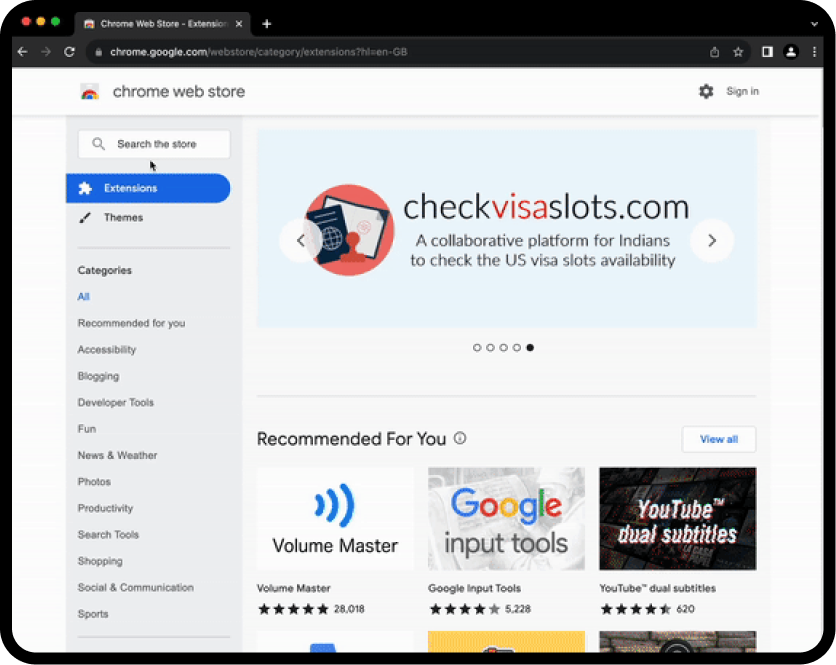XY to Lat/Long Converter
Converts XY coordinates to latitude and longitude for GIS professionals, surveyors, and developers needing accurate geographic positioning from projected coordinates.

Check It Yourself
About This Tool
XY to Lat/Long Converter transforms projected x and y coordinates into geographic coordinates in decimal degrees. It is designed for GIS analysts, surveyors, data scientists, and developers who need to anchor mapped data to a global reference frame. By accepting a source coordinate reference system (CRS), the tool can interpret inputs in any common grid (UTM, State Plane, or local grids) and prepare outputs suitable for plotting, analysis, and data integration. The goal is to provide a deterministic, standards-compliant pathway from grid coordinates to real-world positions, enabling reliable map alignment and cross‑dataset comparisons.
Conceptually, the process follows a typical geospatial transformation pipeline: normalize input values to a well-known axis order, apply the datum shift if required, reproject from the source CRS to a global datum such as WGS84, and finally compute latitude and longitude in decimal degrees. In practice the tool delegates the heavy lifting to robust, well-tested transformation libraries behind the scenes but exposes a straightforward interface for input and output. This design makes it suitable for automation, batch processing, and integration into data pipelines.
Core differentiators include broad CRS coverage (UTM zones, NAD83/ETRS89, and local grids), explicit handling of axis order and units, and precise decimal-degree outputs with optional DMS formatting. Use cases span map creation, quality control of field data, spatial joins, and GIS scripting. The tool emphasizes correctness over speed, with clear validation of inputs and actionable error messages to guide users in resolving issues such as missing CRS, invalid coordinate ranges, or unsupported datums.
How to Use
1. Provide inputs: enter X, Y, and the source CRS (e.g., UTM zone 33N or NAD83 / UTM zone 33N).
2. Choose output format: decimal degrees or DMS, and specify datum if needed.
3. Run conversion: trigger calculation to produce latitude and longitude.
4. Review outputs: inspect lat, lon, and optional accuracy metrics.
5. Export or feed into your workflow: copy results, or forward to a data pipeline.

FAQs/Additional Resources
Find Quick Answers
Which CRSs are supported?
Can I convert multiple coordinates at once?
What accuracy should I expect?
What if CRS is omitted?
Are vertical coordinates supported?
User Reviews
See What Others Are Saying
Explore Related Tools
More Solutions for Your Needs
MQTT Editor
Developer-focused tool to compose, validate, and simulate MQTT messages for topics, payloads, and QoS testing.
MQL Editor
A developer-focused tool to compose, validate, and test MQL queries and scripts for efficient data retrieval and testing.
Your Feedback Matters
Help Us to Improve

 Norwegian
Norwegian
 Danish
Danish
 German
German
 English
English
 Spanish
Spanish
 French
French
 Italian
Italian
 Dutch
Dutch
 Portuguese
Portuguese
 Swedish
Swedish
 Hebrew
Hebrew
 Arabic
Arabic









